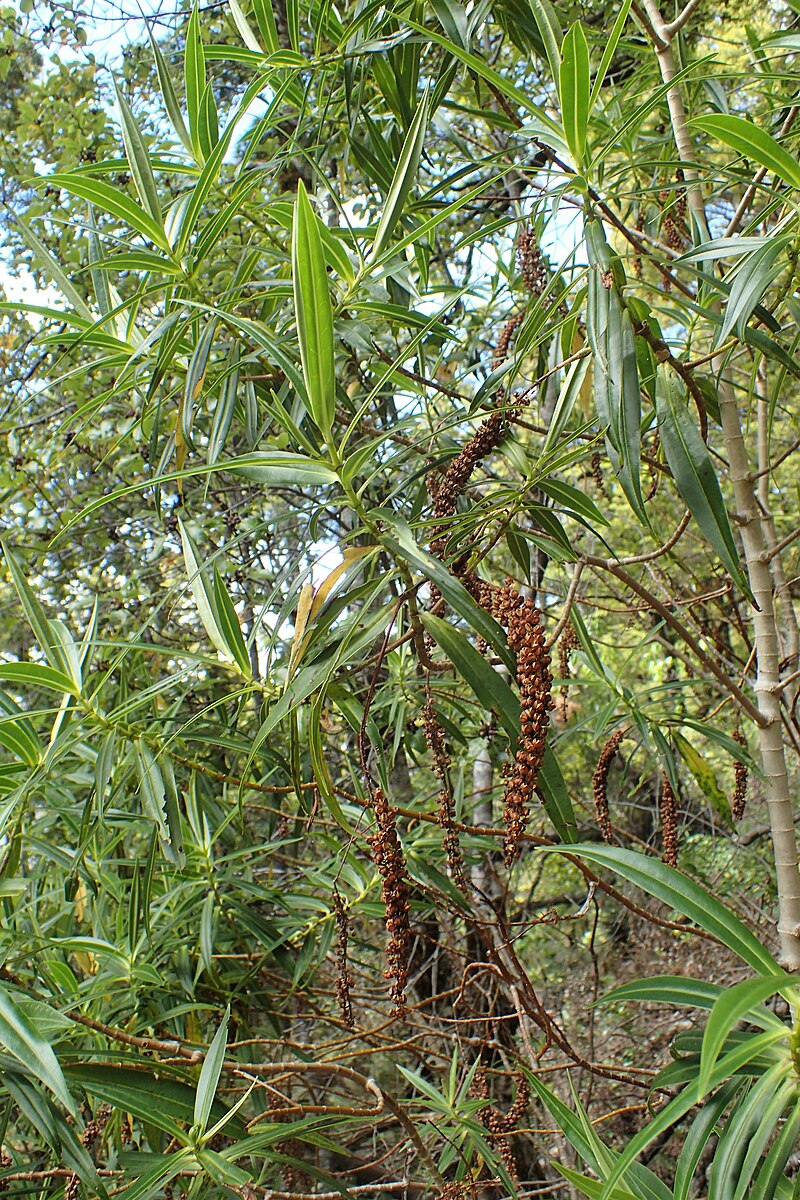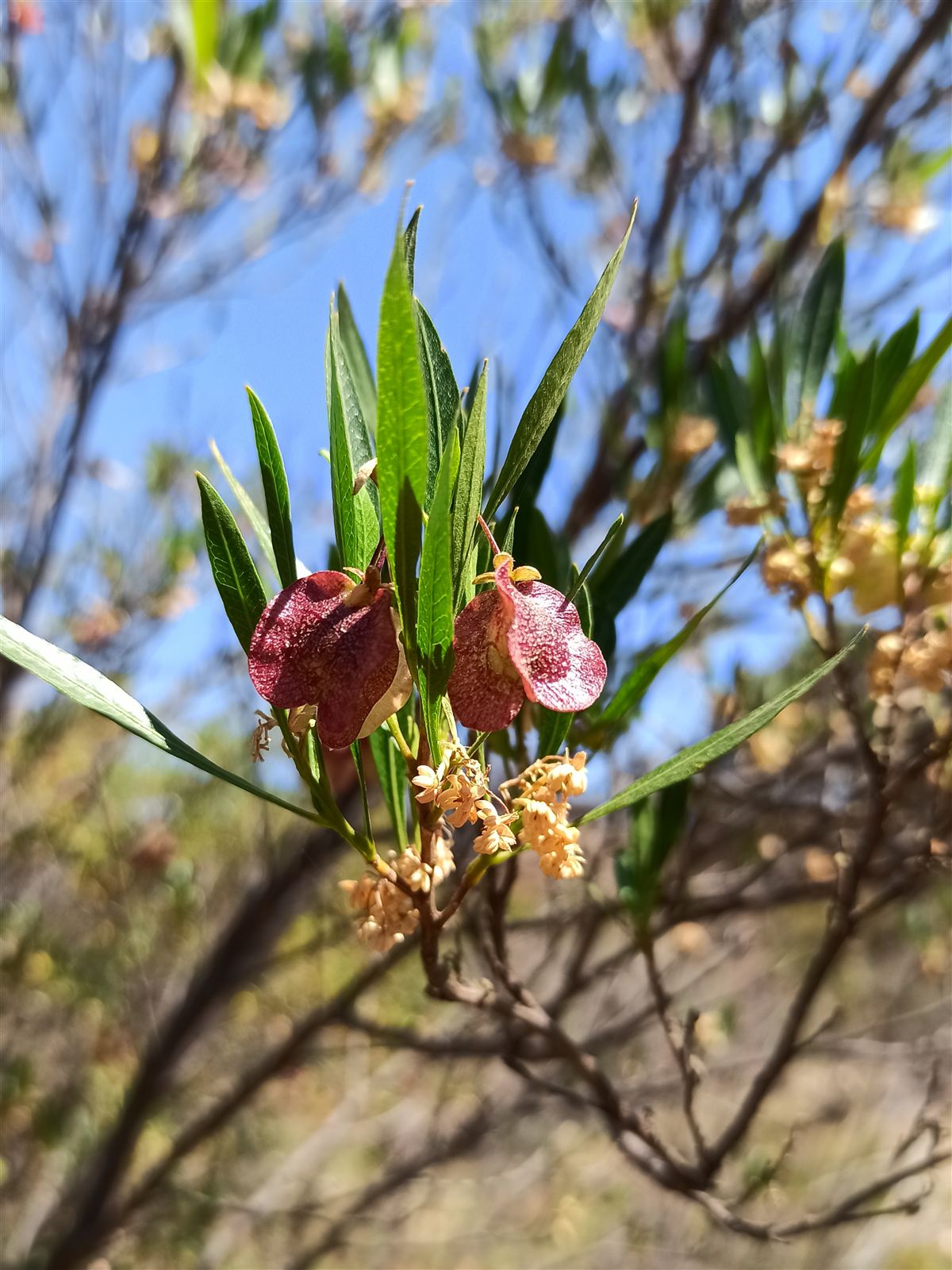Koromiko
Hebe salicifolia
Not Threatened
Koromiko (Hebe salicifolia) is a handsome native shrub widely distributed throughout New Zealand. With its lance-shaped leaves and distinctive white flower spikes, it's a versatile and attractive addition to gardens. Beyond its ornamental value, this plant has significant cultural importance, having been used traditionally by Māori for medicinal purposes. Adaptable and relatively easy to grow, Koromiko thrives in a variety of garden settings.

Image credit: Wikipedia
Quick Facts
| Height | 1.5-3 meters |
|---|---|
| Spread | 1-2 meters |
| Growth Rate | Moderate to fast |
| Lifespan | Perennial, 10-20+ years |
| Flower Color | White |
| Flowering Season | Spring to Summer |
Growing Requirements
Soil
- Well-draining soil
- Tolerates a range of soil types
- pH 5.5-7.5
- Moderate fertility
Light
- Full sun to partial shade
- Best flowering in full sun
- Can tolerate light shade
Water
- Regular watering when young
- Moderate drought tolerance once established
- Avoid waterlogged conditions
Uses & Significance
Garden Uses
- Mixed native plantings
- Hedging and screening
- Wildlife garden
- Coastal planting
- Urban gardens
Cultural Significance
- Traditional medicinal plant for Māori
- Used for treating skin ailments and digestive issues
- Leaves used to treat dysentery and diarrhea
- Important in rongoā (traditional Māori medicine)
Growing Tips
- Plant in spring or autumn
- Prepare soil with compost before planting
- Mulch to retain moisture and suppress weeds
- Prune after flowering to maintain shape
- Feed annually with slow-release fertilizer
- Protect from harsh frost when young
Propagation
Cuttings
The easiest method:
- Take semi-hardwood cuttings in summer or autumn
- Choose healthy growth 10-15cm long
- Remove lower leaves and dip in rooting hormone
- Plant in a mix of perlite and potting mix
- Keep moist but not wet
- Roots should develop in 4-8 weeks
Seeds
More challenging but possible:
- Collect seeds when capsules turn brown
- Sow in spring in seed-raising mix
- Cover lightly with fine mix
- Keep consistently moist
- Germination typically takes 3-6 weeks
- Transplant when seedlings have several true leaves


